Accelerating the adoption of artificial intelligence toward business transformation
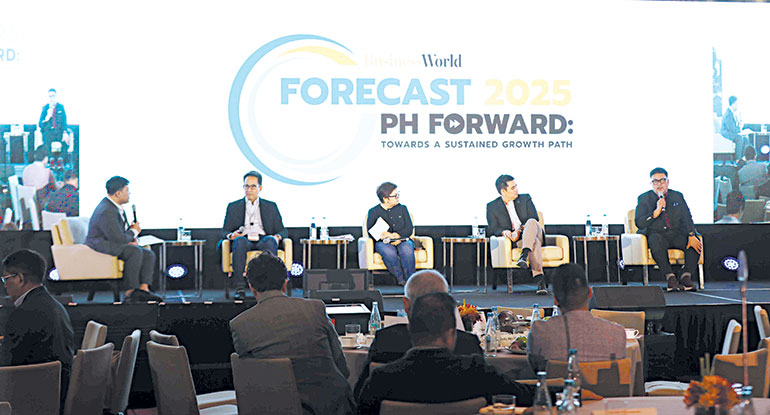
By Jomarc Angelo M. Corpuz, Special Features and Content Writer
With the Philippines actively embracing artificial intelligence (AI), companies from every sector are making significant headway in AI adoption in hopes of driving growth and progress. Data from PwC Philippines shows that 40% of chief executive officers (CEOs) in the country have already integrated generative AI (GenAI) while 71% believe the technology will transform how companies create, deliver, and capture value.
This notable progress in AI adoption in the country presents both opportunities and challenges that enterprises and Filipinos have to face. Utilizing GenAI, the observed shift in the public perception, the challenge of scaling, and more were discussed during the fourth panel discussion at BusinessWorld’s Forecast 2025 “PH Forward: Towards A Sustained Growth Path,” on Nov. 26 at the Grand Hyatt Manila.
Forecast 2025 gathered top executives from the leading AI companies in the Philippines, including Microsoft Philippines President and CEO Peter Maquera, IBM Philippines Managing Partner for Consulting Pia Azarcon, Sprout Solutions Chief Product Officer and Sprout AI Labs Head Gian Paulo Dela Rama, and Cirrolytix Founder, CEO, and CTO Dominic Ligot, with BusinessWorld Research Head Mark T. Amoguis as moderator, to talk about “Supercharging Philippine businesses and workforces in the AI age.”
In his opening statement, Mr. Maquera campaigned for the faster adoption of GenAI, urging the need to transition from testing to making an impact on businesses.
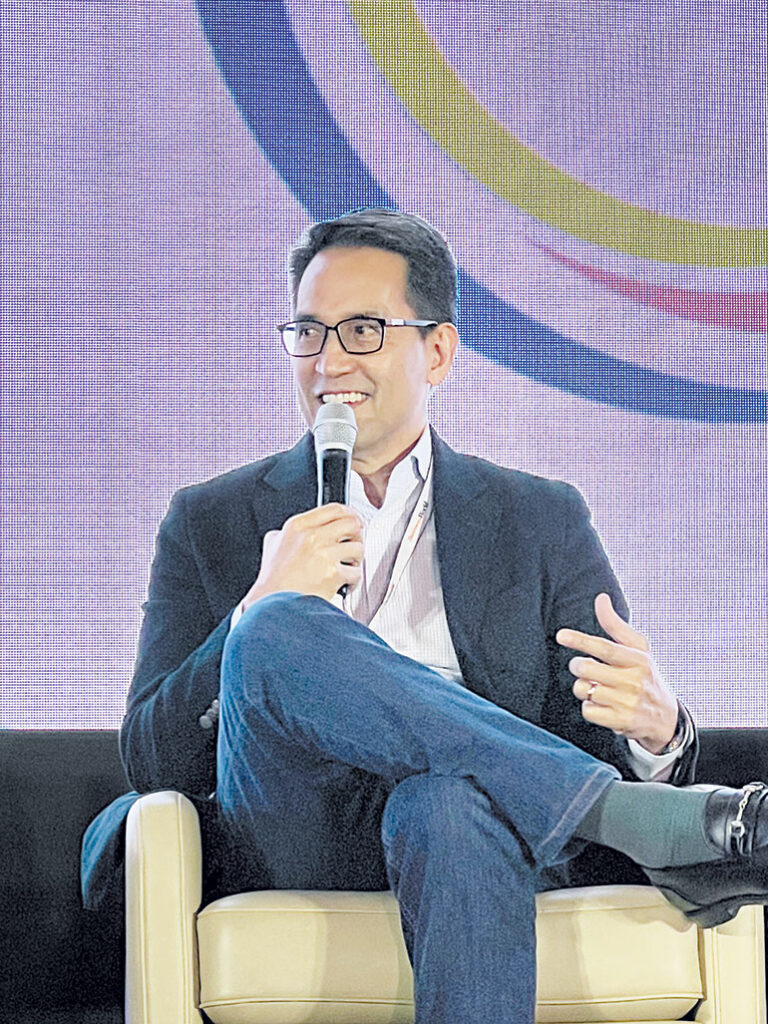
“This is our second year talking about generative AI, and we would like to move it faster. I think we would like to go from experimentation and trials to hopefully scaling them in true business transformation,” he said.
Mr. Maquera also indicated that only 10% of companies are getting transformational impact. 50% are still experimenting, while 40% are doing nothing at all. He observed that the Philippines is still behind and experimenting, with the biggest reason being the inability to translate GenAI into real business impact.
“I think maybe if you dig deeper there, it’s when you think about what has to be in place. You have to modernize your tech [and] you have to unify your data because you have to be able to access the data. Only then would you have your AI strategy, at least on the enterprise side,” Mr. Maquera said.
In terms of applications of AI in industries other than the information technology and business process management (IT-BPM) sector, the biggest adopters in the Philippines include financial services, banks, fintech players, customer service, and telcos, according to Mr. Maquera.
Meanwhile, Mr. Ligot expressed his optimism about the country’s adoption of AI, noticing a shift from the initial response of concerns like cheating, deepfakes, and existential risks to AI’s potential in productivity, creativity, and knowledge management.
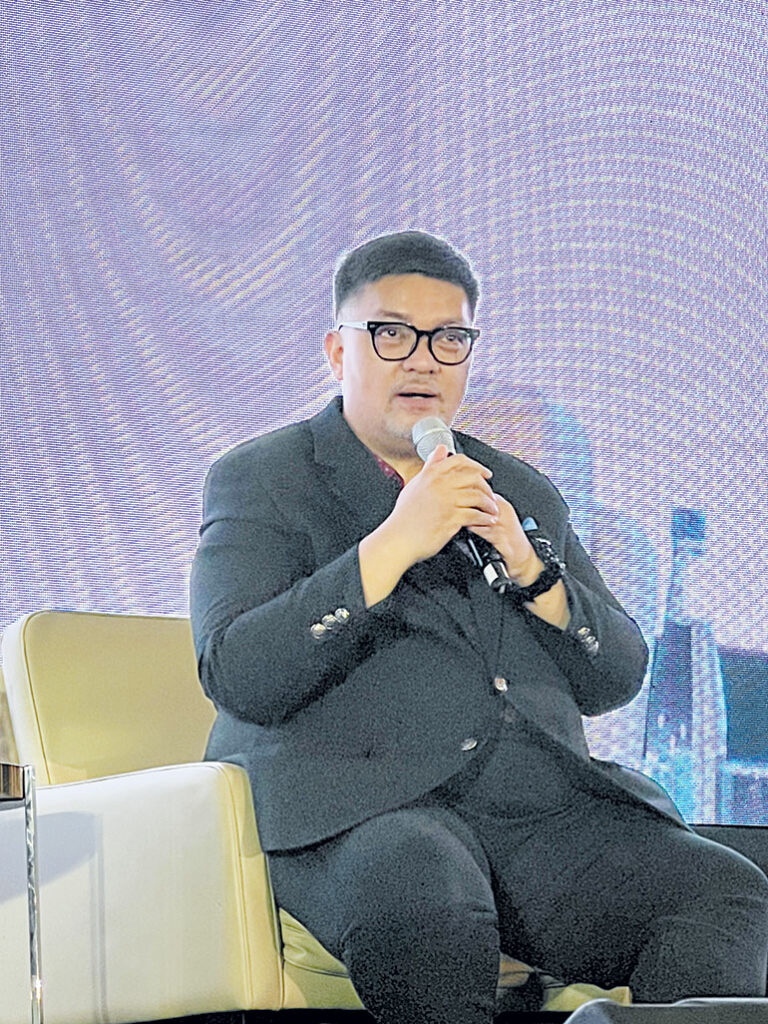
“Back in 2023, when the media started calling me for events it was actually about three things: cheating in school, deepfakes, and whether will AI kill us,” he shared. “[I’m] happy to report that the mood has changed for them. About a year later, now we’re starting to hear about productivity, creativity, and knowledge management.”
In addition, Mr. Ligot pointed out a paradox in the Philippines’ AI adoption. He mentions that while 86% of the country’s average knowledge workers use AI, it’s almost the opposite for institutions and businesses where only 5%-10% use the technology.
“I feel that that’s something we need to crack. I work closely with the BPO (business process outsourcing) industry. There are concerns about privacy, poor security, and, another term that Microsoft coins, bring-your-own AI. From an individual standpoint, it’s actually good but from an enterprise standpoint, it’s kind of iffy,” he said.
Scaling AI’s applications at work
For her part, Ms. Azarcon was asked about the challenge for businesses in scaling beyond AI’s proof of concept to production, with many focusing on pragmatic generative AI use cases like testing, code development, and API development.
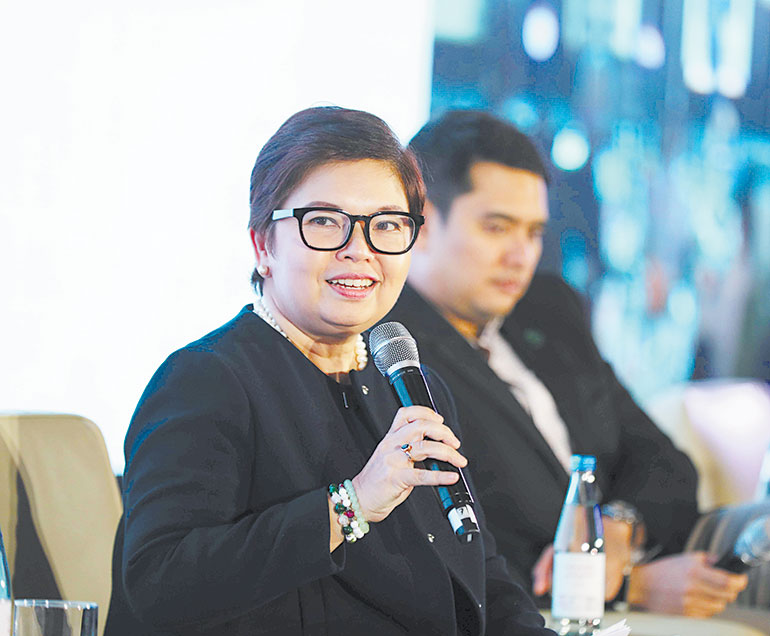
“If you are helping your organization drive revenue streams, or if you are helping an organization optimize processes, or bring down costs by using AI, or if you are addressing risks and sustainability — those, in my opinion, will be the three themes that anyone can take to the boardroom because you can measure the effect. You can measure the outcome,” she said.
Agreeing with that point, Mr. Dela Rama also echoed earlier sentiments that there is still a lot of experimentation in AI for businesses, and he explained that what gets top executives excited about the new technology is its efficiency and productivity.
“So, we have one AI processor doing the payroll of 15 companies in 30 minutes, whereas they used to take about two to three hours per company. Imagine that same level of productivity. It’s an order of magnitude higher,” he stated.
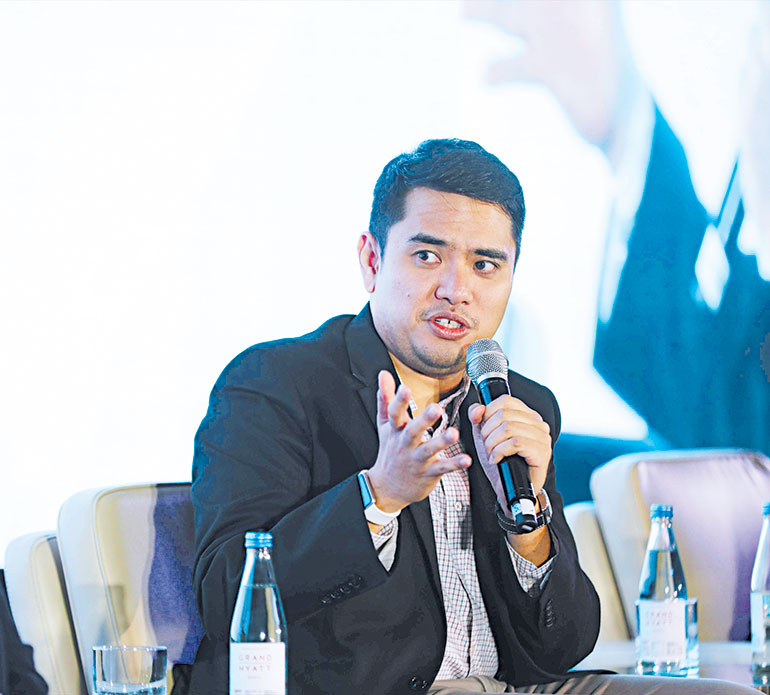
Mr. Dela Rama added there are new use cases for AI, especially in what is called digital twins, where synthetic information is generated closely resembling that of a business’ customer base which can then be used to gain market insights, customer preferences, and the like. Similarly, GenAI can also reportedly create thousands of employee profiles based on data.
“Now, we have AI tools that can actually generate with a fairly high degree of accuracy a digital twin of a customer or employee. So, you specify the characteristics of your intended market; and it will generate thousands and thousands, millions of customer and employee profiles,” he shared.
Building on the theme of processes that can be done by AI, Mr. Ligot pinpointed paper-intensive units, planning and design thinking, as well as units with a lot of human interactions as areas where businesses can be helped by generative AI.
“One of the things that I find strange is that you still find people in malls who press buttons in elevators. There are probably tons of processes exactly like that in your company. Where, had your employees been more empowered, they could have pressed the button themselves,” he added.
Upskilling with GenAI

GenAI, its uses, and the need to upskill Filipino workers were all hot topics for discussion during the session. Talks centered on how GenAI opens doors for individuals to elevate their skills and embrace new opportunities.
“I think that it’s a huge opportunity for everyone, not just in the Philippines but worldwide, to upskill themselves because the opportunities are endless. Yes, there are digital robots that are coming in, but there is no excuse for anybody to elevate their excellence,” Ms. Azarcon said.
Mr. Dela Rama also shared his experience regarding upskilling and teaching professionals how to utilize AI saying that a company in Tondo, Manila was able to gain accreditation for out-of-school youths in the area who have familiarized themselves with the new technology.
“These are some of the things to think about because our education system is what it is but it should not stop us from trying,” Mr. Ligot added.
On whether the government is doing enough to support AI, Mr. Maquera demystified the technology by advocating the learning of AI, creating other tools, and encouraging companies to scale their use.
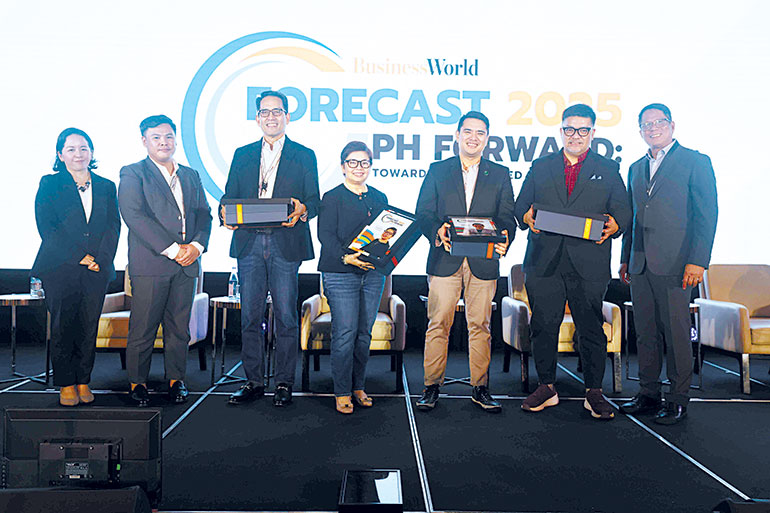
“Are we doing enough? I think it’s still early, but I think that’s not overthinking. There are a lot of things that we can do to train ourselves on the tools. We don’t need to spend all this time trying to be steady and have all these skills in place when I think there’s a lot we can do already,” he said.
On the other hand, Mr. Ligot mentioned that Filipinos are too chill about AI without realizing the kind of opportunity that it brings to the Philippines. He encouraged the media to write more educational stories about the new technology and said that the best way to learn something is by using it.
“We used to think AI was the last technology to adapt, but I think we should reverse it. AI should be the first. Education needs to be the target,” Mr. Ligot concluded.



